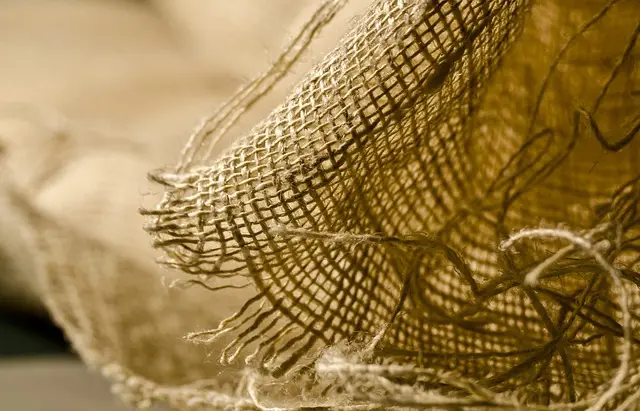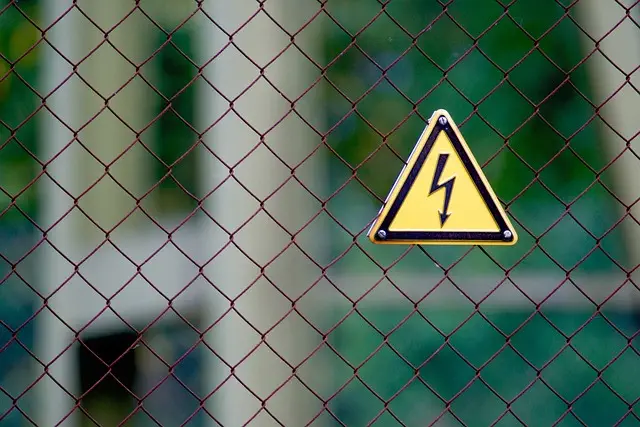Tendonitis, an inflammatory condition affecting tendons, requires a comprehensive treatment plan including rest, physical therapy, and corticosteroid injections. While kratom and marijuana offer temporary anti-inflammatory and analgesic benefits, they don't target the root causes of tendonitis. Kratom acts as a mu-opioid receptor agonist without psychoactive effects, while marijuana interacts with the body's endocannabinoid system through THC and CBD. The choice between kratom and marijuana depends on individual preferences, but their efficacy and safety in treating tendonitis are not well-established; consultation with a healthcare provider is advised before trying these complementary therapies.
Tendonitis, a painful inflammation of tendons, can disrupt daily life. Understanding its causes and symptoms is the first step towards effective treatment. This article delves into the intricate world of tendonitis, exploring natural remedies like kratom and marijuana for instant relief. We also dissect conventional treatment options and emphasize the importance of lifestyle changes in managing this condition. Learn how to differentiate between kratom vs. marijuana use for tendonitis, embracing a holistic approach to restore mobility and ease discomfort.
- Understanding Tendonitis: Causes and Symptoms
- Natural Remedies: Exploring Kratom and Marijuana for Relief
- Effective Treatment Options and Lifestyle Changes
Understanding Tendonitis: Causes and Symptoms

Tendonitis is an inflammatory condition affecting the tendons, the strong bands of tissue that connect muscles to bones. It’s often characterized by pain, swelling, and stiffness in the affected area, typically resulting from repeated strain or overuse. While both kratom and marijuana use have been linked to potential relief for various conditions, their role in tendonitis treatment is a topic of interest.
The causes of tendonitis can vary widely, from sports injuries and repetitive motions to age-related wear and tear. Symptoms often include localized pain, tenderness, and difficulty moving the affected joint. In some cases, kratom or marijuana may be considered for their anti-inflammatory and analgesic properties. However, it’s crucial to note that while these substances might offer temporary relief, they do not address the underlying causes of tendonitis. Therefore, a comprehensive approach involving rest, physical therapy, and, in severe cases, corticosteroid injections, is often recommended.
Natural Remedies: Exploring Kratom and Marijuana for Relief

Many people turn to natural remedies in search of tendonitis relief, exploring alternatives like kratom and marijuana for their anti-inflammatory properties. Both substances have been used historically for pain management, offering potential benefits for those dealing with this condition. However, it’s crucial to understand the differences between them and their respective effects on the body.
Kratom, derived from the leaves of the Mitragyna speciosa plant, is known for its unique pharmacological profile. It acts as a mu-opioid receptor agonist, providing pain relief and anti-inflammatory actions, but it’s not psychoactive like marijuana. Marijuana, on the other hand, contains tetrahydrocannabinol (THC) and cannabidiol (CBD), which interact with the endocannabinoid system in the body. THC can induce a high, while CBD is known for its potential therapeutic effects without the intoxicating properties. The choice between kratom and marijuana for tendonitis treatment depends on individual preferences, as each offers distinct advantages and applications.
Effective Treatment Options and Lifestyle Changes

Tendonitis treatment involves a combination of effective management strategies. One key aspect is to rest and avoid activities that aggravate the condition, allowing the tendons time to heal. Applying ice or cold therapy can significantly reduce inflammation and pain, providing immediate relief. Additionally, over-the-counter nonsteroidal anti-inflammatory drugs (NSAIDs) like ibuprofen or naproxen sodium can help manage discomfort and swelling. In more severe cases, a healthcare provider might recommend corticosteroid injections to reduce inflammation locally.
Beyond medical interventions, lifestyle changes play a crucial role in tendonitis recovery. Maintaining good posture during daily activities is essential to alleviate strain on the tendons. Regular exercises focusing on strengthening the muscles around the affected area, along with flexibility training, can improve overall tendon health. It’s important to note that while Kratom and marijuana use might be considered for pain management by some, their effectiveness and safety in treating tendonitis are not well-established. As such, it’s best to consult a healthcare professional before incorporating any complementary therapies.
Tendonitis treatment options range from natural remedies like exploring Kratom or marijuana for pain relief, to effective medical interventions and lifestyle changes. While Kratom vs marijuana use both have their advocates, it’s crucial to understand the nuances of each and consult healthcare professionals for personalized advice. Adopting a holistic approach that combines rest, exercise, and medication can significantly alleviate symptoms and promote tendon health in the long term.






